autofocus
Latest
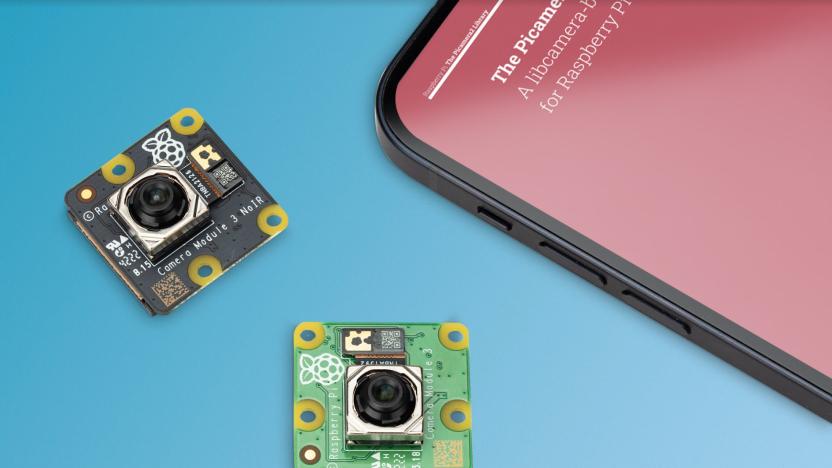
Raspberry Pi's new 12-megapixel camera modules provide powered autofocus
Raspberry Pi has launched the Camera Module 3 with big improvements, including higher resolution, infrared, HDR, autofocus and more.
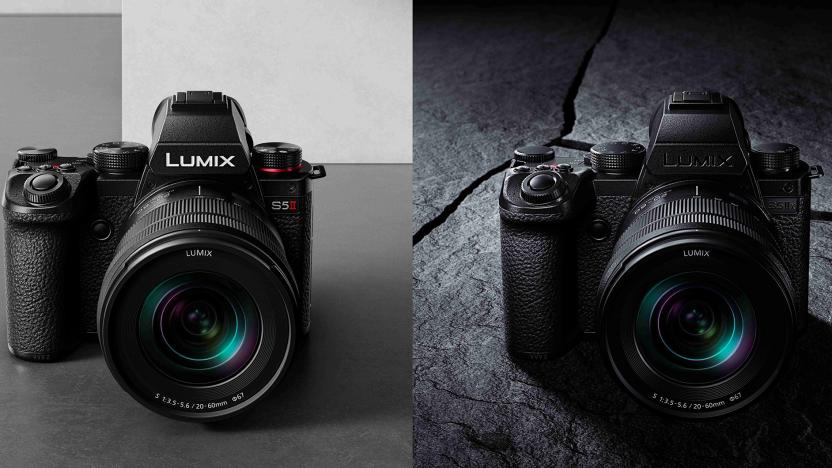
Panasonic debuts its first hybrid autofocus mirrorless cameras, the S5II and S5IIx
Panasonic has finally introduced its first cameras with hybrid PDAF, the full-frame S5II and S5IIx.
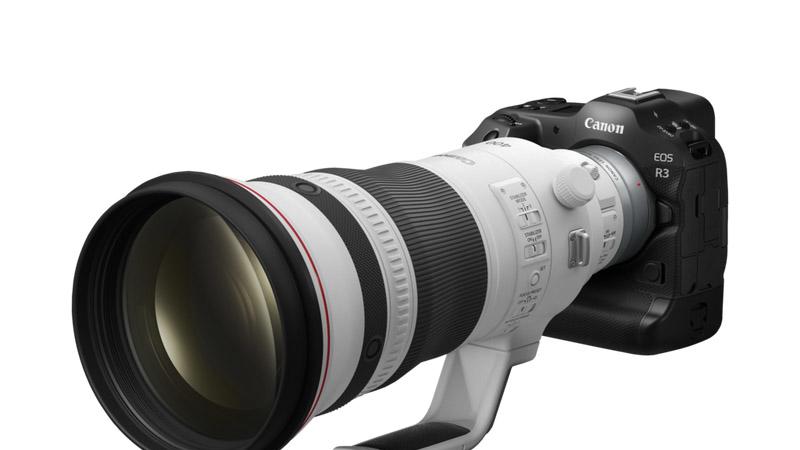
Canon's new AI autofocus system will let the EOS R3 track race cars
Canon has revealed more specifications about it's upcoming EOS R3, including AF tracking for race cars.
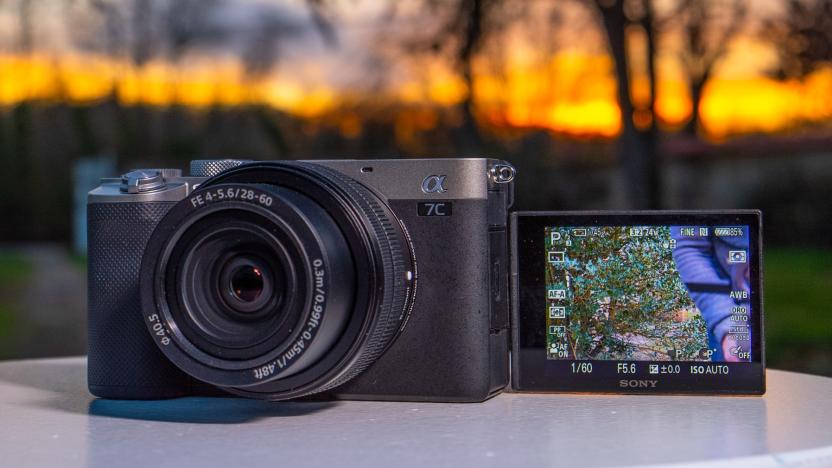
Sony A7C review: Smart, small and clumsy
A review of Sony's mirrorless A7C, an unusual entry in its A7 full-frame series.
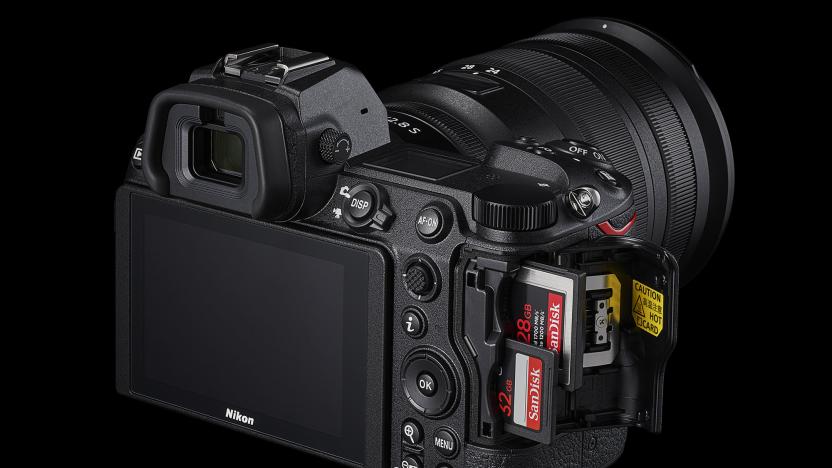
Nikon's Z6 II and Z7 II flagships feature dual card slots and 4K 60p video
Nikon has unveiled the 24-megapixel Z6 II and 45.6-megapixel Z7 II full-frame mirrorless flagship cameras with similar bodies to the originals, but some much-needed improvements under the hood.

Panasonic Lumix S5 review: Incredible video power in a smaller package
In the last month or two, Canon and Sony released formidable video-centric cameras that can match the S1 for video, while being considerably smaller than the two-pound-plus S1. Now, Panasonic has responded with the full-frame Lumix S5. It takes nearly everything that’s good about the Lumix S1 and puts it into a much smaller and lighter body.
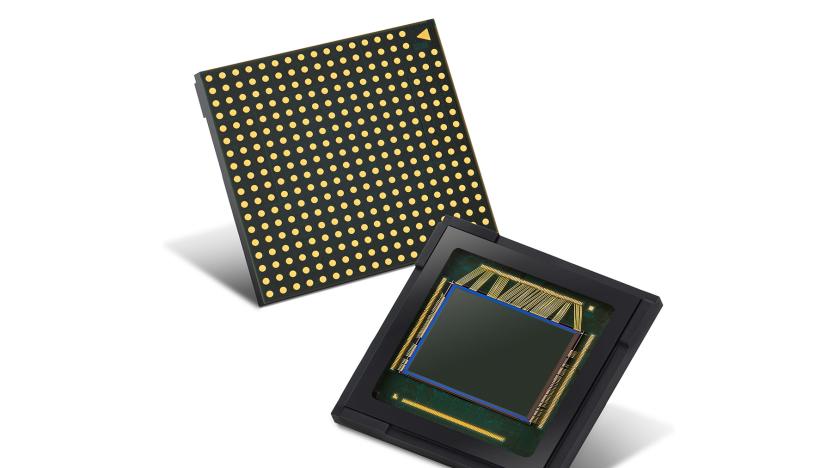
Samsung's latest smartphone sensor promises DSLR-like focus speeds
Samsung has unveiled a new smartphone sensor showing that more megapixels may not always be better. The ISOCELL GN1 is “only” a 50-megapixel sensor, but at a 1/1.3-inch size, it has relatively large 1.2-micron pixels to help cameras perform better in low light.
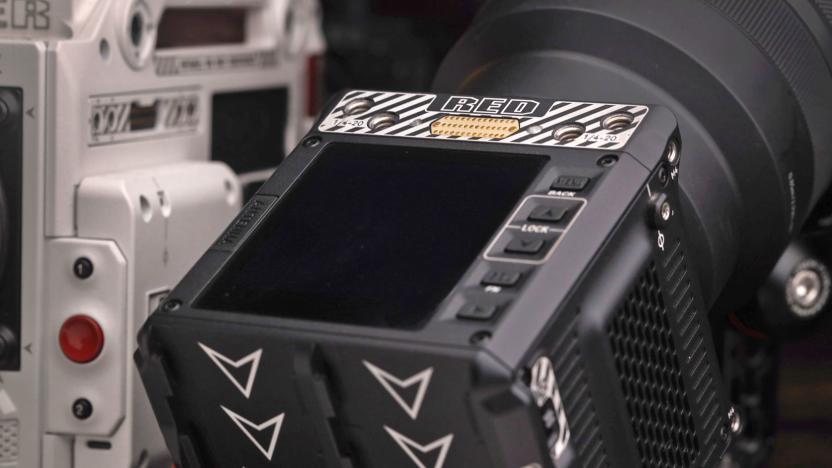
RED teases the phase-detect autofocus on its cheaper 6K Komodo camera
Last year RED teased the 6K Komodo camera expected to cost around $5,000 that could help it attract lower-budget documentary and indie filmmakers. We haven’t heard much about it since, but RED’s CEO Jarred Land just showed it off on Instagram, demonstrating the touchscreen, phase-detect autofocus system and more.
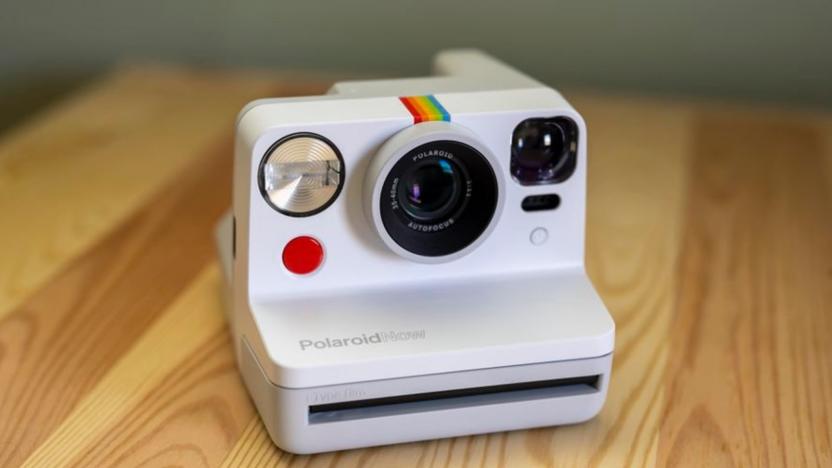
Polaroid's new $99 instant camera uses autofocus to change modes
More than a year after Polaroid Originals gave us the OneStep+, it's ready to share another old-school, analogy camera: the Polaroid Now. This time around, Polaroid Originals has traded the dual lenses for a new autofocus lens, and it has stripped away some of the connectivity features, like those that made remote selfies possible.
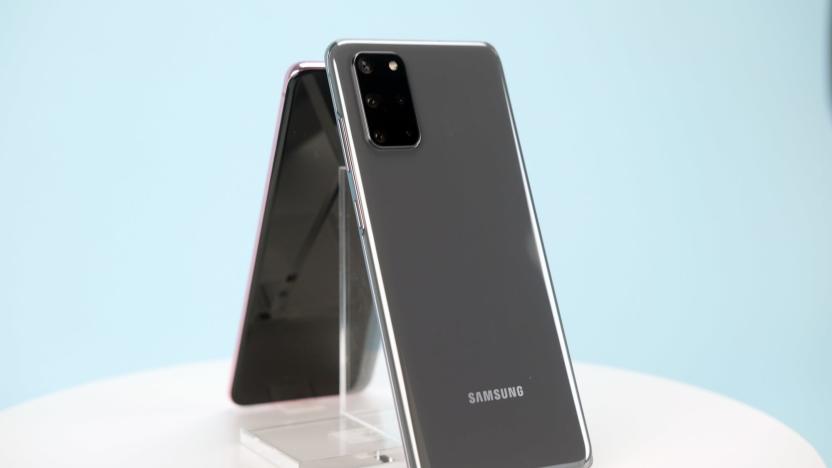
Samsung is already working to fix the Galaxy S20 cameras
Samsung's Galaxy S20 is not even on the market yet, but reviewers from publications including PC Mag have already experienced bugs with the cameras. Samsung has now responded, saying that it's working on a fix. "The Galaxy S20 features a groundbreaking, advanced camera system," Samsung told The Verge. "We are constantly working to optimize performance to deliver the best experience for consumers. As part of this ongoing effort, we are working on a future update to improve the camera experience."

Sony A6100 review: Incredible autofocus performance for a budget camera
Despite all the talk about full-frame mirrorless cameras lately, APS-C is still extremely important for Sony. The A6000 in particular was a huge hit, thanks to the combination of good performance, features, compact size and price. The 24.2-megapixel A6100 has the difficult job of replacing that classic, which came out way back in 2014. At that time, very few cameras could compete with Sony, but in 2020, the A6100 has some serious rivals, especially APS-C models from Canon and Fujifilm. Sony has gradually refreshed its APS-C lineup, with the A6100 the last model to come, following the A6400 and A6600 -- neither of which I was terribly impressed with. Both have world-class autofocus systems but otherwise failed to keep up with rivals. At prices as low as $600, however, the A6100 has wider market appeal and less competition.

Sony A7R IV review: 61 megapixels of pure camera power
Sony changed the camera landscape with its popular and powerful A7 and A9 full-frame mirrorless lineup, forcing its rivals to adapt or die. Now that its camera series does have some competition, Sony's response is the A7R IV, a 61-megapixel camera that trounces its mirrorless rivals in terms of resolution. It's also loaded with the latest AI-powered eye autofocus (Eye-AF) F image processing, an electronic viewfinder and in-body stabilization technology. Sony also aimed to please demanding pro users by making the A7R IV tougher and easier to handle than previous models. On paper, this looks like it should be a top pick for anyone looking for a high-resolution camera, especially as it's reasonably priced against rivals. Now, let's see if it measures up to that in the field, where it counts.

Panasonic's S1H is the pinnacle of mirrorless video, for a price
Panasonic was not willing to give away its crown as the ultimate mirrorless camera company for video shooters. It has officially unveiled the 24.2-megapixel S1H and it definitively blows away all rival mirrorless cameras from Sony, Canon and Nikon when it comes to video. For the first time on a mainstream mirrorless camera, you can shoot full-frame, uncropped 6K video (5,888 x 3,312) at 24 FPS, and 60 FPS 4K using a cropped, Super 35 (APS-C) sensor size. The S1H can handle video with 4:2:2 10-bit billion color depth, both internally and externally, for maximum flexibility when editing. Sure, this doesn't measure up to what Blackmagic's Pocket Cinema 6K camera can do -- at least, not yet. But unlike the Pocket 6K, Panasonic's S1H has a continuous contrast-detect autofocus system, a fully-articulating display and in-body stabilization -- huge features for vloggers and shooters on the go. This comes at quite a price, though, so to get a feel for the camera and see how it performs, I shot with a pre-production S1H for a day at Panasonic's launch event in Los Angeles.
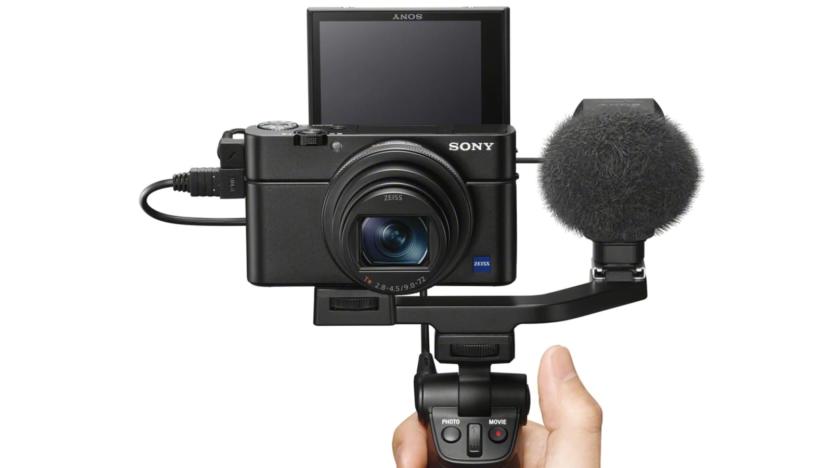
Sony's mic-ready RX100 VII is a vlogger's dream
Don't let its size fool you -- Sony's latest point and shoot is meant to be a powerhouse. The RX100 VII, unveiled today, is equipped with advanced tracking and autofocus features we previously saw in the full-frame, mirrorless A9 camera. In many ways, the seventh variant of the RX100 is a different species. It comes with an external mic port and a "Single Burst Driving Shooting Mode" that can take up to seven still photos with one shutter press, both new to the RX100 line.
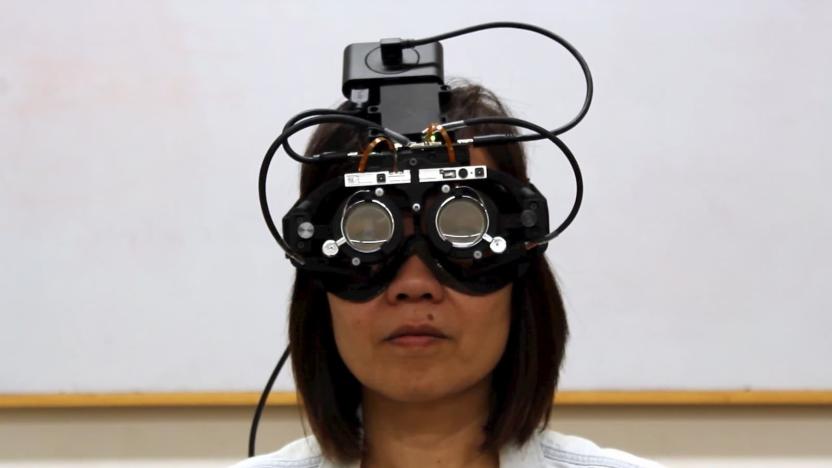
Researchers create eye-tracking glasses that auto-focus where you look
Researchers at Stanford University have created glasses that track your eyes and automatically focus on whatever you're looking at. The so-called autofocals, detailed in a paper published in the journal Science Advances, could prove a better solution than transition lenses or progressive lenses.
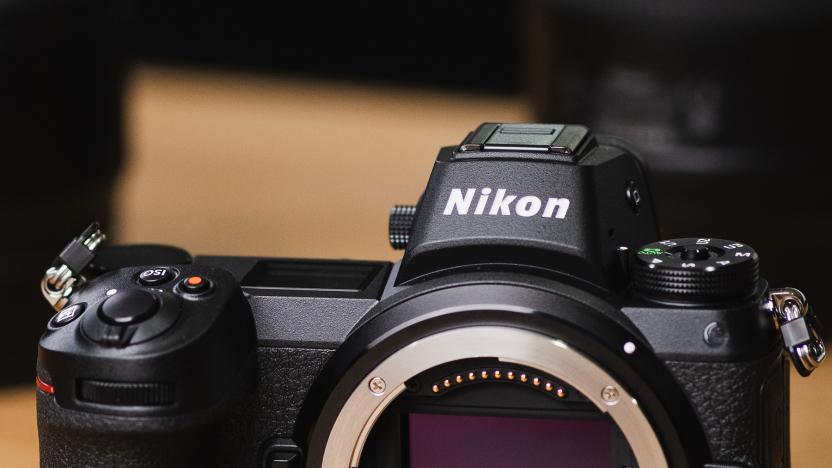
What makes mirrorless cameras unique?
While most photographers have left film far behind, many of us are still reliant on another piece of camera tech that's over 70 years old: a mirror. Mirrorless cameras ditch that mirror to let lenses project light directly onto the sensor, and that leads to a host of other differences in how they capture images when compared to their DSLR forebearers.
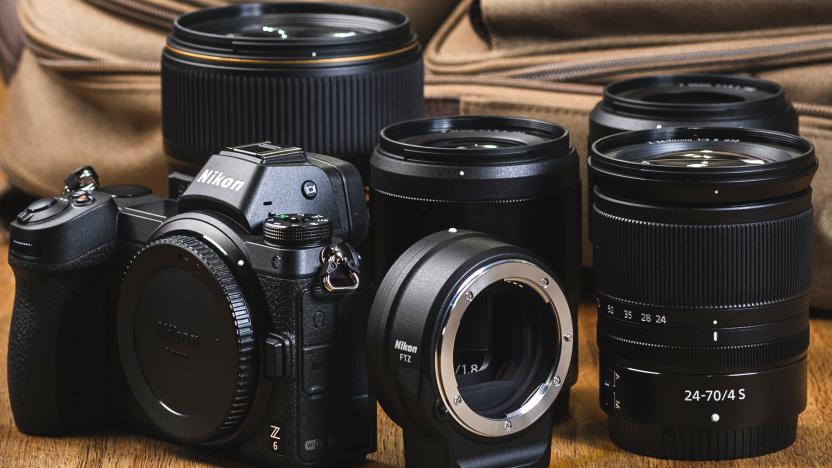
How to pick a lens for your mirrorless camera in 2019
When buying a mirrorless camera, there's an equally crucial side question: What lenses do I need for this thing? The glass you place in front of that sensor plays a key role in how your photos or videos look and what kind of shooting you can do. It's a complex decision too. You need to consider factors like sharpness, distortion, speed, prime or zoom and, most important, price. In this guide, I'll touch on all that and look at some of the best lenses for Sony, Canon, Nikon, Fujifilm and Micro Four Thirds mirrorless cameras.
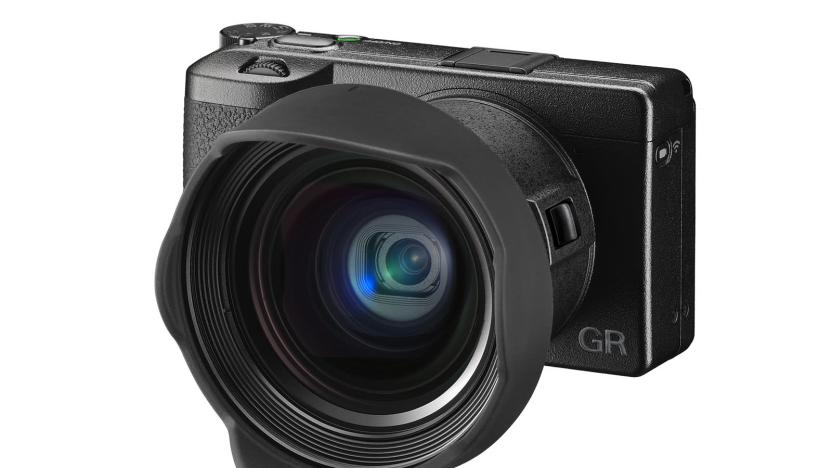
Ricoh's $899 large-sensor GR III compact will go on sale in March
Compact cameras with sensors larger than one inch or so are a rare breed, but Ricoh is about to give you another option. It announced that the GR III, first unveiled last year, will go on sale in March for $899. It's a big improvement over the GR II, with a higher resolution 24-megapixel APS-C sensor, 3-axis in-body stabilization, a rear touchscreen and a fixed 28mm equivalent F/2.8 lens that can focus as close as 2.4-inches. All of that will make it perfect for its intended market, street and tourist photography.

Three days with Canon’s EOS R full-frame mirrorless camera
Earlier this week, Canon unveiled one of the most critical products in its history: the full-frame mirrorless EOS R. On paper, it had a lot going for it, like an all-new mount that will allow for superior lens designs, excellent handling and a much-improved Dual Pixel autofocus system. There was also some not-so-good, like the cropped 4K and lack of in-body stabilization. But specs are specs, and Canon let us give the EOS R a thorough hands-on test with a variety of lenses and shooting scenarios. Three days isn't a lot of time to test an all-new camera, but it was enough to get the flavor of it. So far, there's a lot to like, but the company didn't look hard enough at what rivals Sony and Nikon were doing.

Fujifilm's X-T3 arrives with faster autofocus and 4K 60 fps video
Fujifilm has unveiled the $1,500 X-T3, the newest and most technologically advanced member of its X-Series APS-C mirrorless cameras. It's a follow up to the company's high-end X-T2, already a very capable and well-reviewed model. The X-T3 has an all-new 26.1-megapixel X-Trans CMOS IV sensor and X-Processor 4, a jump up in resolution and speed from the last model's 24.3-megapixel X-Trans CMOS III. With the new hardware, it has "dramatically improved autofocus," said Fujifilm, along with improved image quality and 4K, 60 fps video capability.



